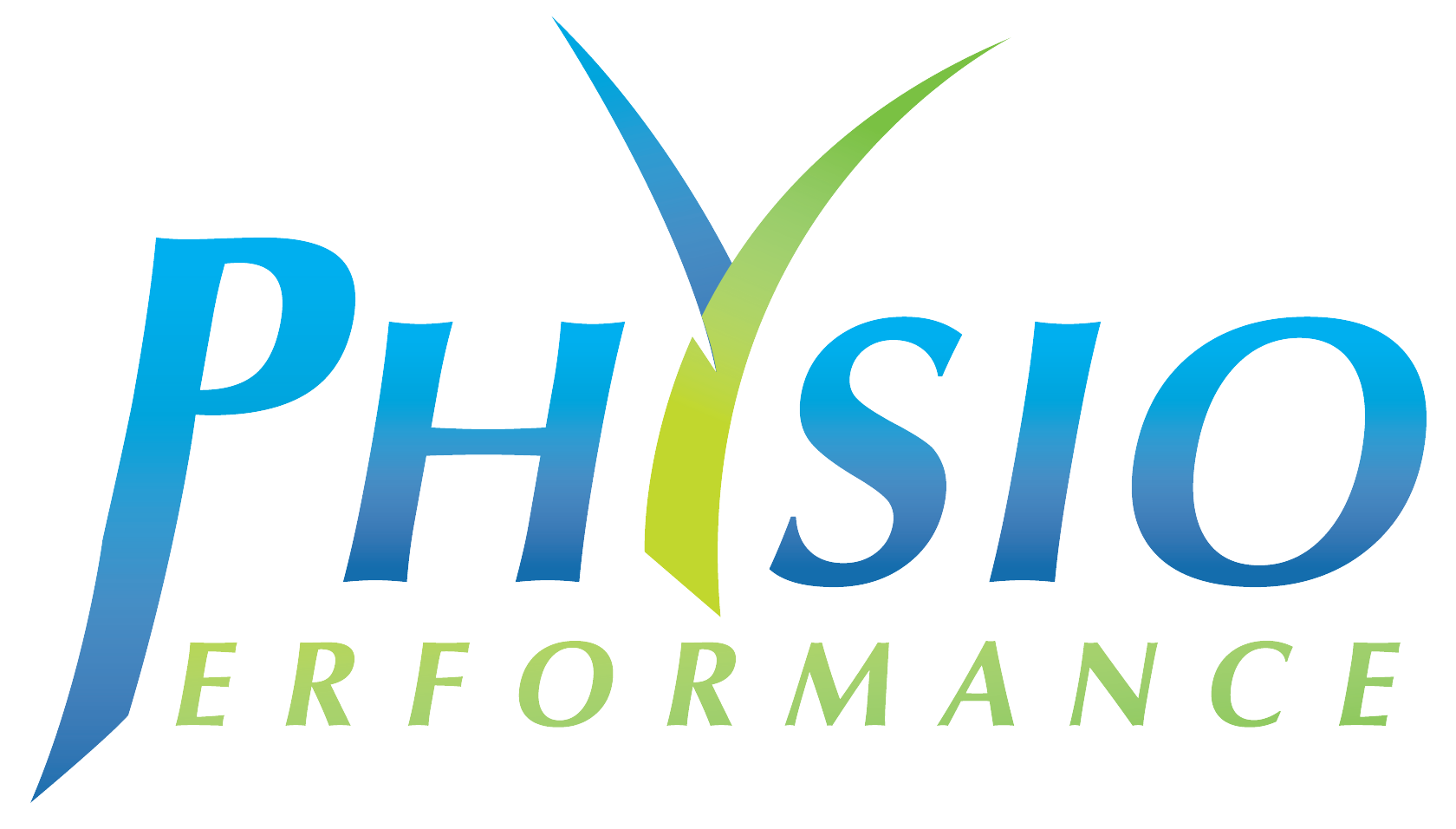The crucial role that the Gluteus Medius and Gluteus Maximus play in the prevention of injury in the lower limb has been shown over and over again. Therefore the importance of training these muscles to increase strength, neuromuscular control, stability and proprioception in the lower extremity cannot be overlooked in effective rehab.
In today’s clinical environment, it is very common to have clients who struggle to find the time to dedicate themselves to their rehab exercises. Often rehab exercises are seen as “boring” & “mind numbing”. However we know that if our clients adhere to the exercise plan they are going to get better faster and likely have a lower recurrence of re-injury. To promote adherence to rehab , your physio needs to have the tools to prescribe an effective exercise program that is quick and easy to perform giving the client the “most bang for their buck”.
Here at Physio Performance, we use the latest evidence to look at exercises that are the most effective at targeting the gluteal muscles – specifically for this post the Gluteus Maximus.
Before we look at “the most effective exercises” we need to explain the concept of Maximum Voluntary Isometric Contraction (MVIC). MVIC is used to quantify the amount of muscle activation (measured via EMG) present during an activity. Basically the higher % MVIC the greater muscle activation.
Research has shown that muscle activation between 40% and 60% of MVIC for a particular muscle is sufficient to produce strength gains. Therefore exercises which meet or exceeded this criteria should only be used.
The Front Plank with Hip Extension was found to have the greatest Glut Max activation with 106.22 % MVIC. Therefore it should be an integral part of any rehab plan.
(Again thanks to Adam Winters for “volunteering” to demonstrate this exercise)
